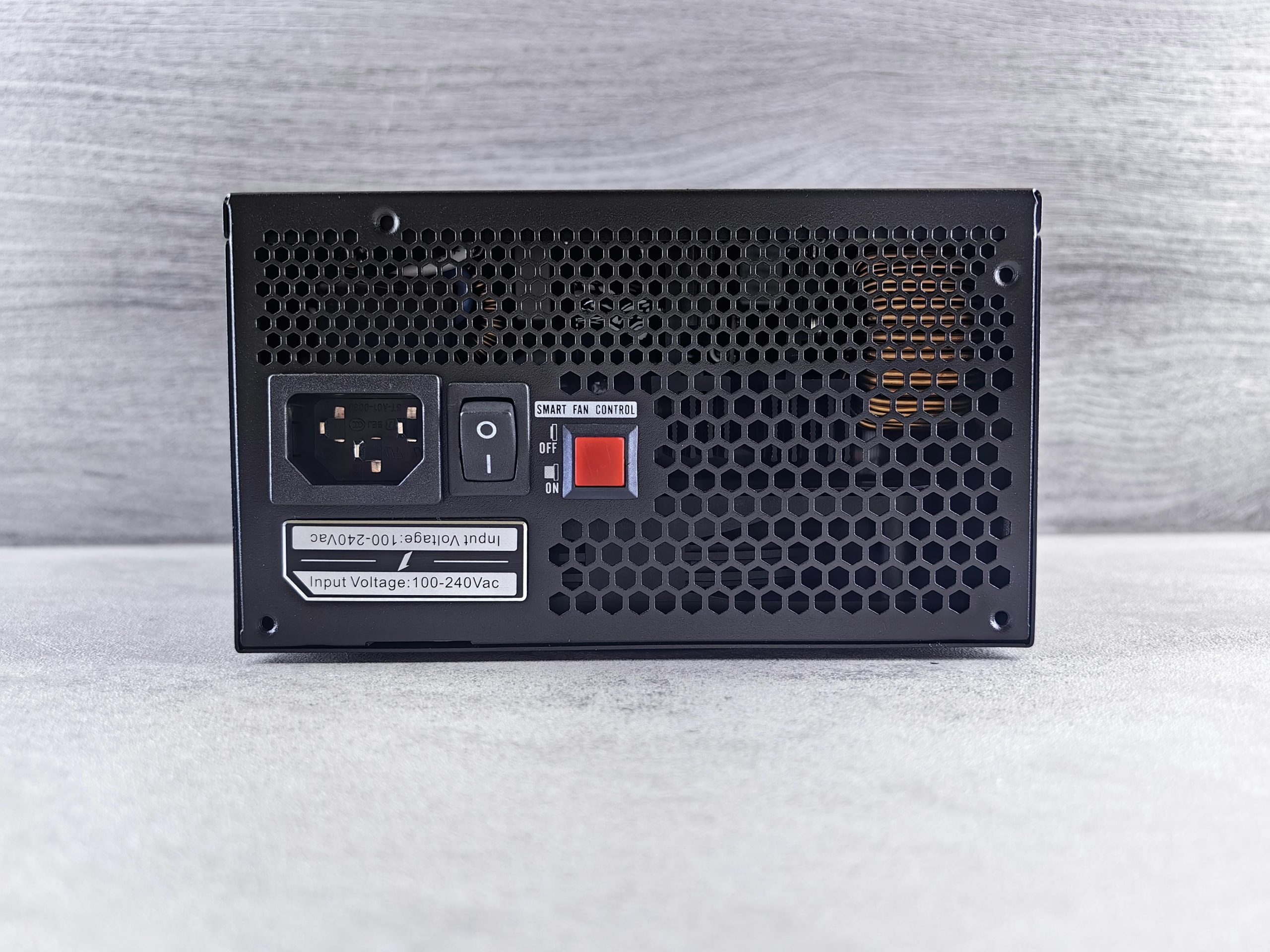Troubleshooting a Black Screen: What to Do When Your Laptop Won’t Turn On
Have you ever experienced the frustration of a laptop that suddenly shuts down, leaving you staring at a black screen? It can be alarming when your device becomes completely unresponsive, with no indication of life even after pressing the power button repeatedly. Recently, I encountered this issue with my own laptop, and upon investigation, I discovered a cable that appeared singed and damaged. This got me wondering about its functionality and potential repair options.
Identifying the Problem
When my laptop turned off unexpectedly, I was met with a sense of dread. A black screen and a lifeless power button left me feeling helpless. In an attempt to understand the cause, I decided to open up my laptop. That’s when I came across a cable that looked burnt. This alarming sight raised several questions in my mind:
- What is the purpose of this cable?
- Could it be the reason for my laptop’s failure?
- How can I go about fixing this problem?
Understanding Laptop Components
The internal components of a laptop can be intricate, and cables often serve critical roles in ensuring proper functionality. Typically, cables connect various parts of the device, such as the motherboard, display, and power supply. A burned or damaged cable might indicate a deeper electrical issue that could require professional insight.
Next Steps for Resolution
If you find yourself in a similar predicament, here are a few steps to consider:
-
Assess the Damage: If you’re comfortable doing so, carefully inspect the cable and surrounding components for any other signs of damage.
-
Research the Component: Consult your laptop’s manual or search online for your model’s schematics to identify the cable and its function.
-
Seek Professional Help: If you’re uncertain about how to proceed, or if the damage seems extensive, it’s wise to take your laptop to a qualified technician. They can provide a thorough diagnosis and suggest appropriate repairs.
-
Prevent Future Issues: Consider regular maintenance and monitoring of your device’s health to minimize the risk of similar problems arising in the future.
In conclusion, a black screen and an unresponsive laptop can be jarring, especially when you notice potential damage. Understanding the role of internal components and taking the right steps can help you navigate the situation more effectively. Whether you choose to tackle the repair yourself or enlist professional help, being informed is key to restoring your laptop to its former
Share this content:




Identifying the Burned Cable and Next Steps
It’s great that you’ve already opened up your laptop to inspect the cable. Based on your description of it appearing burned out, this cable might be a flex cable or power connector cable that connects critical components such as the motherboard to the display or other internal parts. Visible damage like burning usually indicates an electrical overload or short circuit.
Before proceeding, I recommend:
**Important:** If you’re unsure about the replacement process or if other components are damaged, it’s highly advisable to contact a professional technician. They can accurately diagnose underlying issues, such as power faults, which may have caused the cable to burn out in the first place.
In the meantime, avoid powering on the device with the damaged